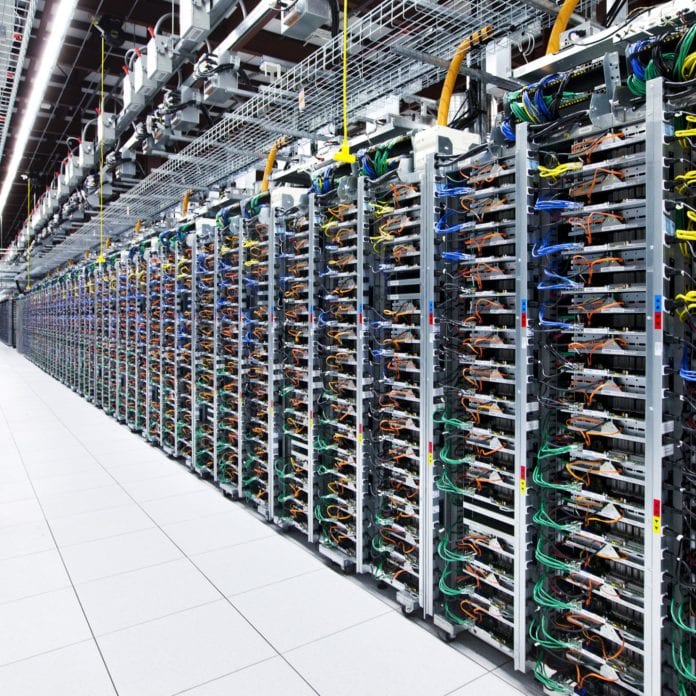Bare metal helps bring low latency to the network edge and more.
Multi-Access Edge Computing (MEC) moves computing and storage to the edge of the network to reduce latency. Bare-metal infrastructure helps CSPs and hyperscalers deliver and manage predictable 5G performance at the edge.
MEC powers an increasing range of 5G solutions aimed at enterprises who need low-latency and high-bandwidth solutions. MEC is driving innovation in industrial automation, medicine, entertainment, logistics and other industries.
But the edge of the cloud is, by definition, limited. Physical size limitations, power, and other factors limit how much computing you can do at the edge. Ericsson’s Solution Marketing Manager for Cloud Infrastructure and Edge Computing Henrik Bäckström explained the challenge in a blog post:
“Most edge locations do not have space enough for modern datacenter facilities, and instead the equipment will be placed in, for example, outdoor cabinets or in old-fashioned central offices with limited space,” said Bäckström.
“5G services have very strict service performance requirements, and often very low-latency requirements. They require the network to maintain a different level of performance and scaling that we haven’t seen before,” said Pat McCabe, Nokia’s senior marketing manager of Nokia’s IP networks portfolio.
Making the edge work with the same level of efficiency as the core imposes challenges for CSPs who need to maintain strict Service-Level Agreements (SLAs), McCabe told RCR Wireless. Nokia developed its Adaptive Cloud Networking solution to help. The challenge for service providers is to maintain strict levels of predictable service despite these dynamic environmental changes.
“Edges are space, cost and resource-constrained,” McCabe explained.
The Edge Network Controller is a new release from Nokia. It’s a lightweight Kubernetes app custom-designed for edge cloud locations. It works with both SR Linux — Nokia’s custom Network Operating System (NOS) Linux build for service routers — and the Nokia Service Router Operating System (SR OS). The low-overhead app supports a plug-in architecture to enable SR OS and other network operating systems and tools.
Virtualization without the hypervisor
A hypervisor, otherwise known as a virtual machine (VM) manager, is a software program that allows users to host multiple VMs on a single piece of computer hardware. The hypervisor sits on top of the operating system, managing the allocation of computing resources— memory, storage and processing — to the VM. Hypervisors impose performance overhead on their host systems, however.
“Bare metal cloud infrastructure solves this problem by simply removing the virtualization layer from the cloud stack which can result in a 95 percent utilization of the server capacity for application traffic — which also reduces the amount of hardware needed,” said Bäckström.
Dell Technologies emphasizes bare-metal performance in its Bare Metal Orchestrator solution for telcos. Bare Metal Orchestrator (BMO) is software to automate the provisioning and lifecycle management of open network infrastructure.
“We are trying to address the inability to ultimately manage these massive and increasingly intelligent networks as they scale without some form of automation that sits just above the infrastructure layer and works nicely with various virtual software from companies like VMware, Red Hat and Wind River,” Dell’s Senior Vice President and General Manager of Telecom Systems Business Dennis Hoffman told RCR Wireless News.
Telecom Systems Business Vice President of Product Management Andrew Vaz described the BMO modules as use case-specific blueprints “that allow BMO as an engine to go program that underlying infrastructure. Once you do this, you now have a workload-ready infrastructure… Take the guesswork out, take the human error out of this, and you have the flexibility to deploy your workloads how you want.”
For more about 5G and telco cloud, download this free report.

